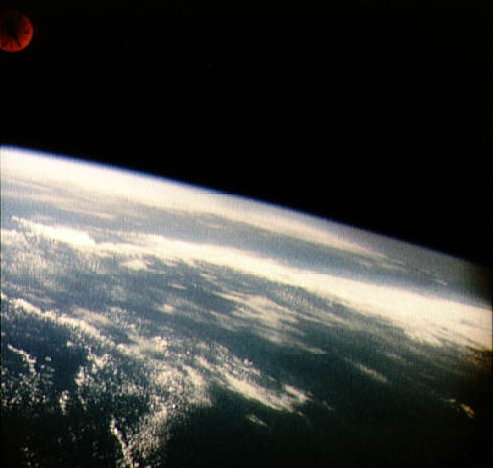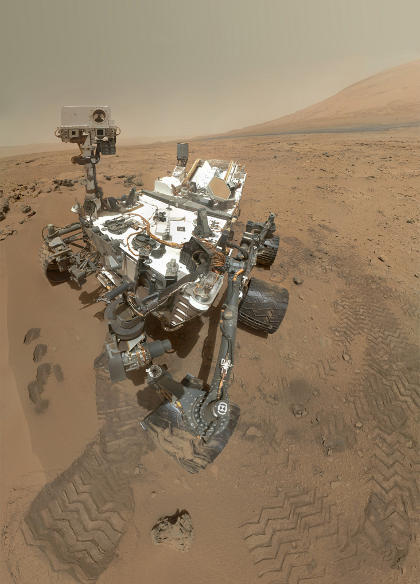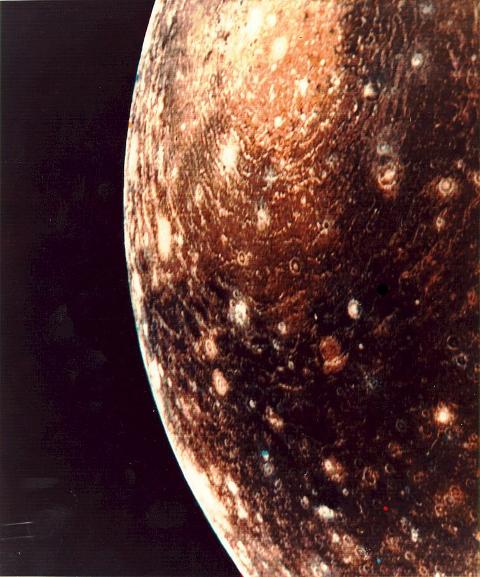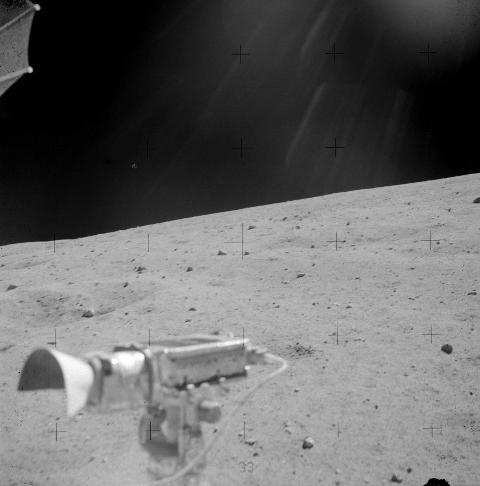
This picture of Earth was taken by Alan Shepard on May 5, 1961 as part of NASA’s Mercury Redstone 3 space mission. The historic MR-3 launch allowed Shepard to become the first American (and second person) in space. He likely took this picture of Earth through the on board periscope. The 15 minute mission was put into orbit by an extended and up-powered version of the US Army’s Redstone ballistic missile – forming the Redstone Launch Vehicle.


